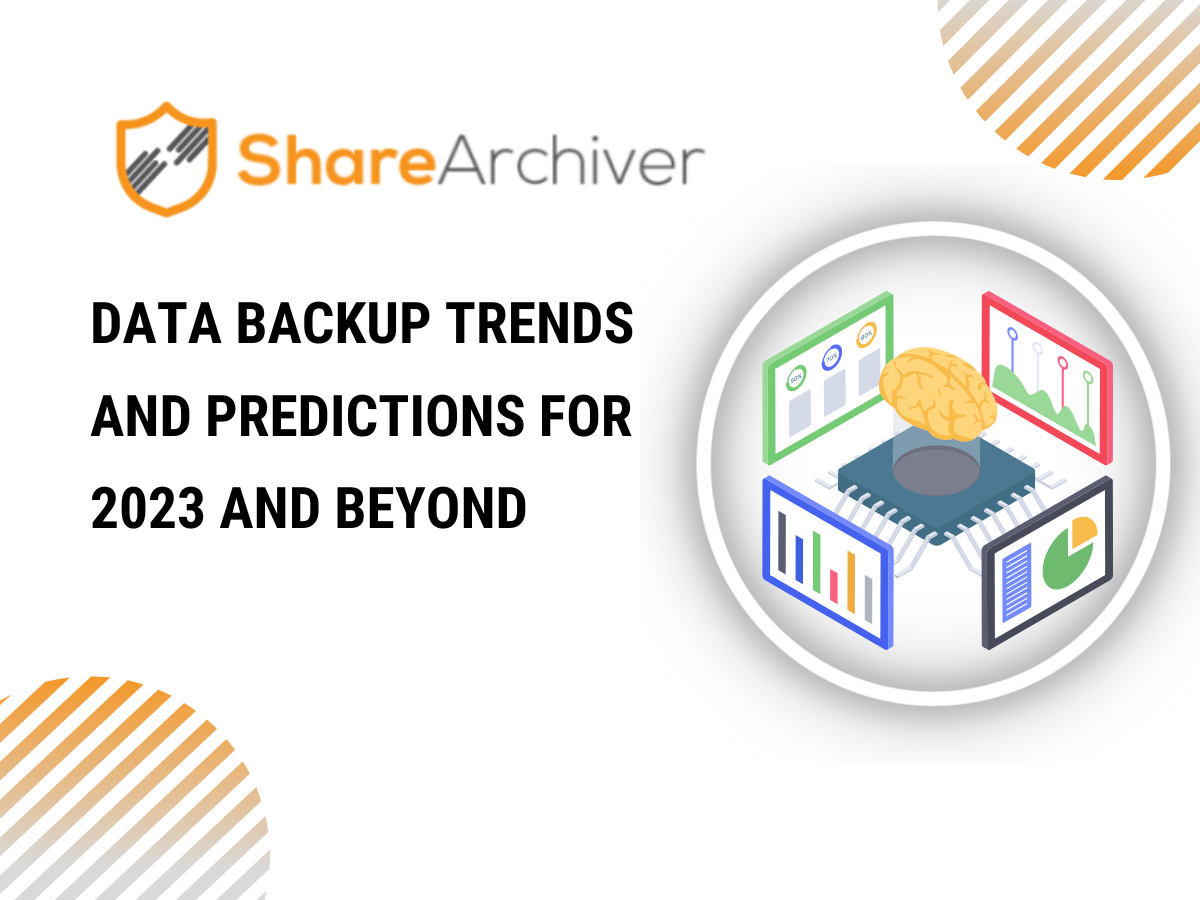Not many people think about how data affects our day-to-day lives. But without the data that we depend on for social interactions, business operations, analysis, and so on, we would be in a stricter environment. The growth of data in the way we live and work has been equivalent to a paradigm shift — one that has become an industry shaker across the board.
Predictions show that the data industry will probably hit a valuation of $90 Billion by 2025. With that said, the future of backup technology seems to be inevitable. As more companies, organizations, and people keep data, we need to find better ways to store them.
Take the example of photos and images. People used to depend solely on photo albums and scrapbooks. There are now more photos posted online than printed into physical copies.
So what do these implications have to do with your business operations? First, as we grow our need for data, we need to start looking at the trends in data backup and archiving to help us keep the digital data we want without fear of losing them or having them fall into the wrong hands.
Let us look at some trends and future predictions for data backup and storage for 2023 and the many years to come.
Business data and file usage on the rise
Data usage will only grow more in 2023 and beyond.
Data produced in financial services alone grew by 700% from 2019 to 2020. So now more than ever, people are trying to figure out where to store all these data.
The size of files people share, store, and manage aren’t shrinking either. As internet speeds improve, people will only want more high-resolution photos and videos, more interactive websites, additional functionalities to play-to-earn games and metaverse functions. And with all of this, data usage will only keep going up.
Continued emphasis on security
As data usage and storage increases and more sensitive, patented, and gated content and information gets stored, the higher the chances of a security breach. Research on enterprise data breaches from various countries indicates that costs related to data security hacks rose to $4 million in 2021.
People are thinking of ways to bypass systems, steal from others, and deceive other organizations and individuals. We must start thinking of data security and safety. This practice we should do among larger businesses and smaller ones who leave holes within their data backups for people to breach.
The best data management software to use is the one that will provide maximum levels of security, including but not limited to data encryption, two-step verification, KYC measures, especially for those in the finance sector, and so on.
Emphasizing the 3-2-1 Strategy
There seems to be a growth in using data backup strategies to efficiently keep several layers of backups that will prioritize security and avoid data loss. Once, we thought the best way to store data was to put it into flash drives or external hard drives and then keep them somewhere safe.
But hard drives don’t last forever either. Accordingly, there’s a strategy that all companies should know of when it comes to backing up data trends— the 3-2-1 strategy. This strategy works to have three copies of one’s data, two types of storage, namely offline and online, and one offsite copy for physical file archiving.
Cloud-based adoption
It used to be that people had to be on-site or physically hold storage devices to gain access to data and storage withheld from them. A cloud-based system removes any information silos within the company and ensures everyone gains access to any data that matters to their company.
The rise of cloud-based storage is quickly taking over. Nowadays, people have dozens of options for data storage companies. But not everyone knows how to maximize these technologies at work. Pushing to create more systems and automations will help, which leads to the next point.
Automation and computer learning
Automations will also rise in data backup and storage to help save time, energy, and resources. In addition, automated backup and archiving removes any of the nitty-gritty that tend to slow down personal performance at work. Hence, companies should look towards data storage and backup software and solutions that help automate specific manual processes.
For instance, a company’s accounting department — on top of accounting software, a business should also have a way to file, store, and archive files without ever losing them again. The future of data backup and recovery looks to include many automations to help improve internal systems and fast-track the data collection, curation and study in various stages of their businesses.
Conclusion
The importance of data backup cannot go unnoticed. As more people use data, we need to be wary about how that data goes out. With data backup software in place, a company can protect crucial information and avoid it.









